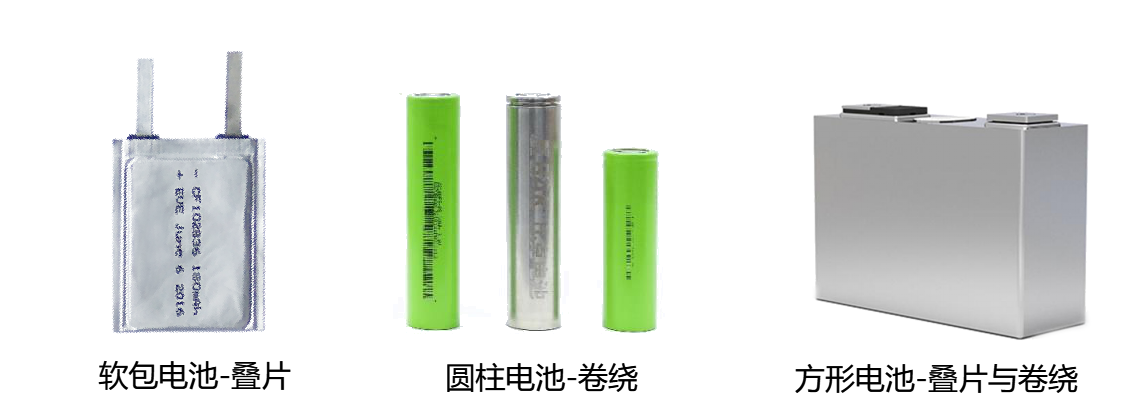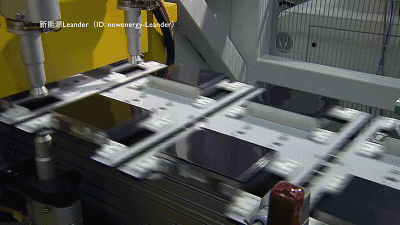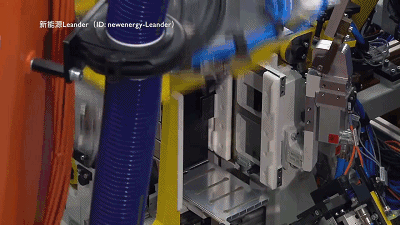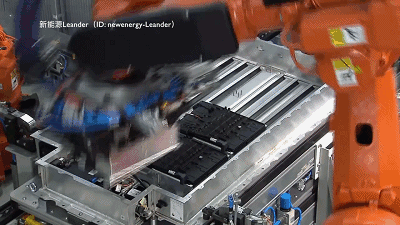In the battery industry, the battery that is not assembled into a direct-use battery is usually called a battery cell, and the finished battery that is connected to the PCM board and has functions such as charge and discharge control and BMS is called a battery, which is what we call a PACK package.It is composed of a number of cells, which can be understood as PACK=m modules*n cells.
01 Easy to understand PACK
The two most important parts of the battery are the battery cell and the protection circuit board (usually called the PCM board).
The reason why the lithium battery (rechargeable) needs to be protected is that the material of the lithium battery itself determines that it cannot be charged and discharged by overcharge, overdischarge, overcurrent, short circuit and ultra-high temperature.
It is most commonly used in the following types of cells in PACK: square, cylindrical, and soft-packed cells.

As we all know, the battery pack is the core energy source of new energy vehicles, providing driving power for the whole vehicle. The main components of a battery pack are: cells, electrical systems, thermal management systems, casings and BMS.
.png)
Battery sorting

(Photo source: Green Energy Three Power)
The purpose of cell sorting is to select cells with good electrical performance consistency to form a group to ensure the consistency of the electrical performance of the module or PACK and prolong the service life of the PACK.
The module is generally composed of multiple cells in series and parallel. If the consistency of the single cell is not good, the life of the module will be shortened, and the performance of the module is finally determined by the worst single cell.
Battery plasma cleaning

(Source: Wangcai Lithium Battery)
Before the battery module is assembled, plasma cleaning is required. The main purpose is to remove surface contaminants, improve surface energy, and prepare for the next step of gluing.
Insulation plate end plate plasma cleaning

(Source: Wangcai Lithium Battery)
The cells are connected in parallel to form cell groups according to the requirements of the process documents, and the cells are grouped and then stacked, and a piece of foam is placed between each cell group. Plasma cleaning is performed on the end plates of the insulating plates before stacking to increase the adhesion between the foam and the surface of the cell pack.
Bottom Plate Plasma Cleaning

(Source: Wangcai Lithium Battery)
Plasma cleaning machine is used before the bottom plate is assembled, which can prevent the gap or dislocation of the end plate assembly and the aluminum cover after fitting.
03 Industry Standard
.png)
Plasma surface treatment can improve the reliability and quality of products, and it has been widely used in the production process of new energy vehicles. , aerogel and other projects have the requirements of the dyne value standard.
In order to give you a more intuitive understanding of the cleaning effect of Sindin's precision plasma cleaning machine, the following is the comparison of the contact angle test before and after the plasma treatment of the power battery blue film and the test data of the dyne pen.

.png)
Experimental operation: The surface of the blue film of the battery cell is divided into two areas, the left side is subjected to plasma surface treatment, and the right side is not subjected to surface treatment. After plasma cleaning, the uncleaned contact angle on the right side is 93.729°, and the contact angle on the left side after cleaning is 29.047°. The test with No. 62 dyne pen shows that the surface energy of the blue film of the cell can be improved after plasma surface treatment to increase the dyne value.
It is proved that the plasma cleaning technology can clean the dirt on the surface of the blue film of the battery cell, roughen the surface and improve the adhesion of the subsequent coating.
It can be seen that each production link of the lithium battery pack production process is closely related to product quality and safety, and each link must be managed strictly and meticulously in order to improve the safety performance of lithium battery pack products.
In the follow-up, Sindin Precision will continue to make efforts in the field of lithium battery plasma cleaning, cooperate with the safety design concept of battery factories, provide optimal solutions, and provide customers with comprehensive software and hardware support for Industry 4.0!



